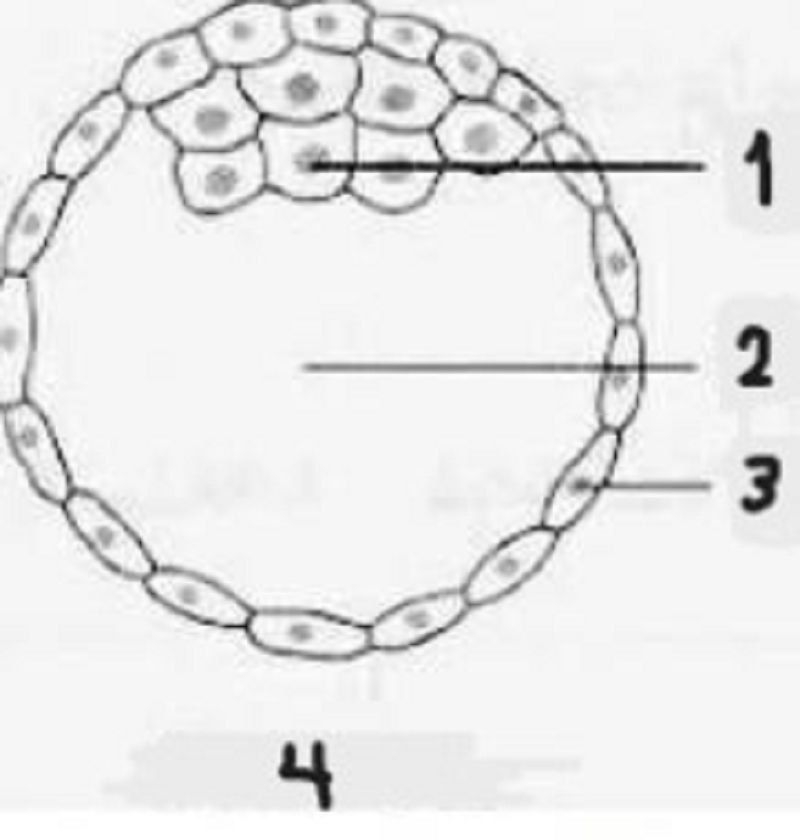Fertilization to Birth
{"name":"Fertilization to Birth", "url":"https://www.quiz-maker.com/QPREVIEW","txt":"Fertilization occurs in the _________. When the sperm reach the egg, enzymes begin to break down the thicker egg coating (the _____ ________)., The egg membrane __________ when one sperm gets in. The sperm nucleus and egg nucleus fuse to create a cell with 46 chromosomes. This is called a _______., The zygote begins to divide within 30 hours of fertilization. Cell division at this time:","img":"https://www.quiz-maker.com/3012/CDN/99-4877641/blastocyst-labeled.jpg?sz=1200"}
More Quizzes
Adult or Broken?
840
El interviu de las coquis in your area
1680
AUC mens quiz
9426
Pokemon
1166
Hard Year 9 Maths Questions - Free GCSE Practice
201022817
Germaphobe Test: Check Your Cleanliness Level (Free)
201024005
Carpentry - Free Woodworking Knowledge Test
201020837
Arctic Monkeys - How Well Do You Know the Band?
201024374
Greek Gods - Test Your Mythology Knowledge
201033513
Design Test: Phase One - Free
201020232
Le Mans - Free 24 Hours of Le Mans Racing Trivia
201021223
Natural Disaster Survival - Test Your Readiness
201028206

